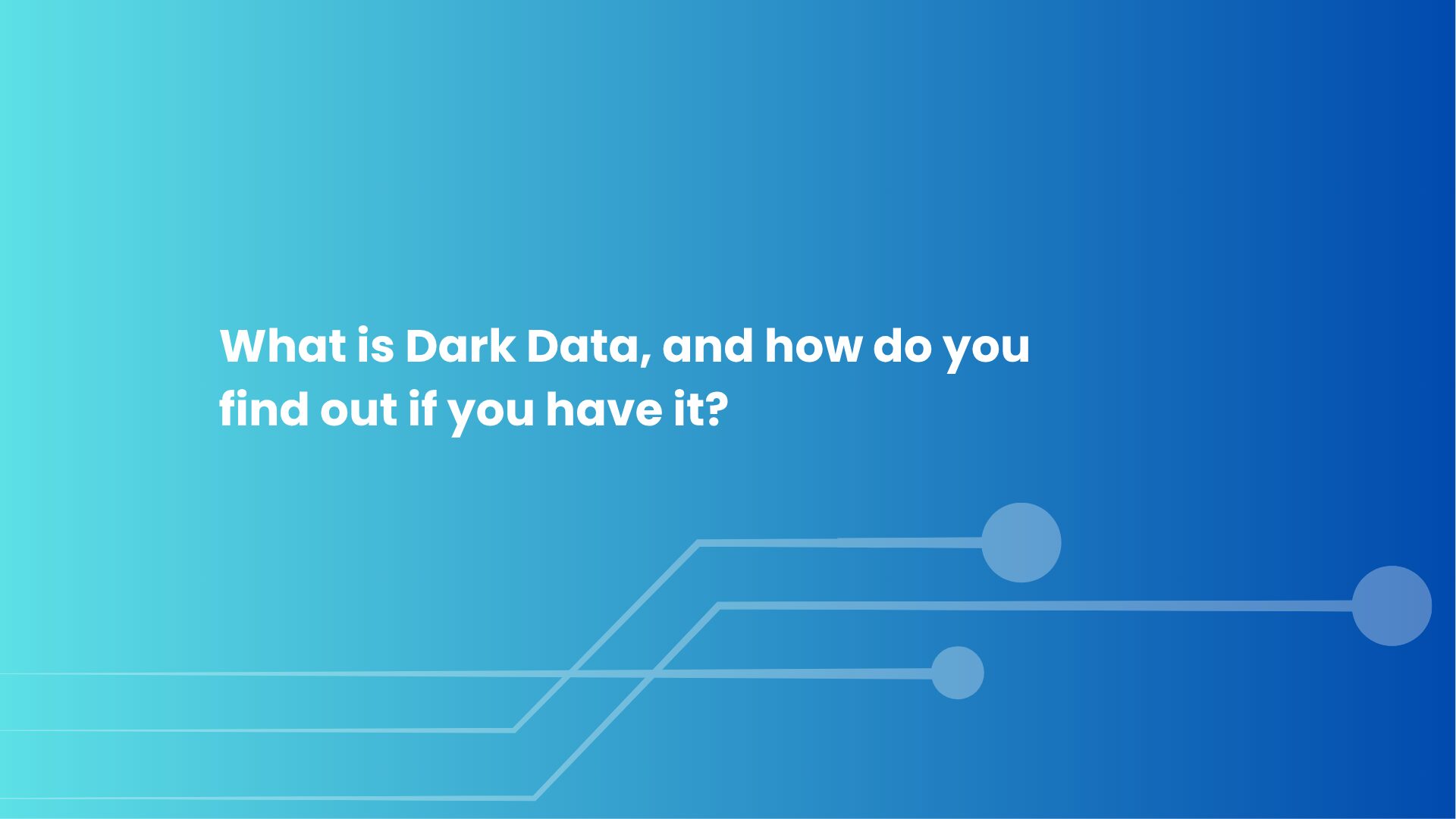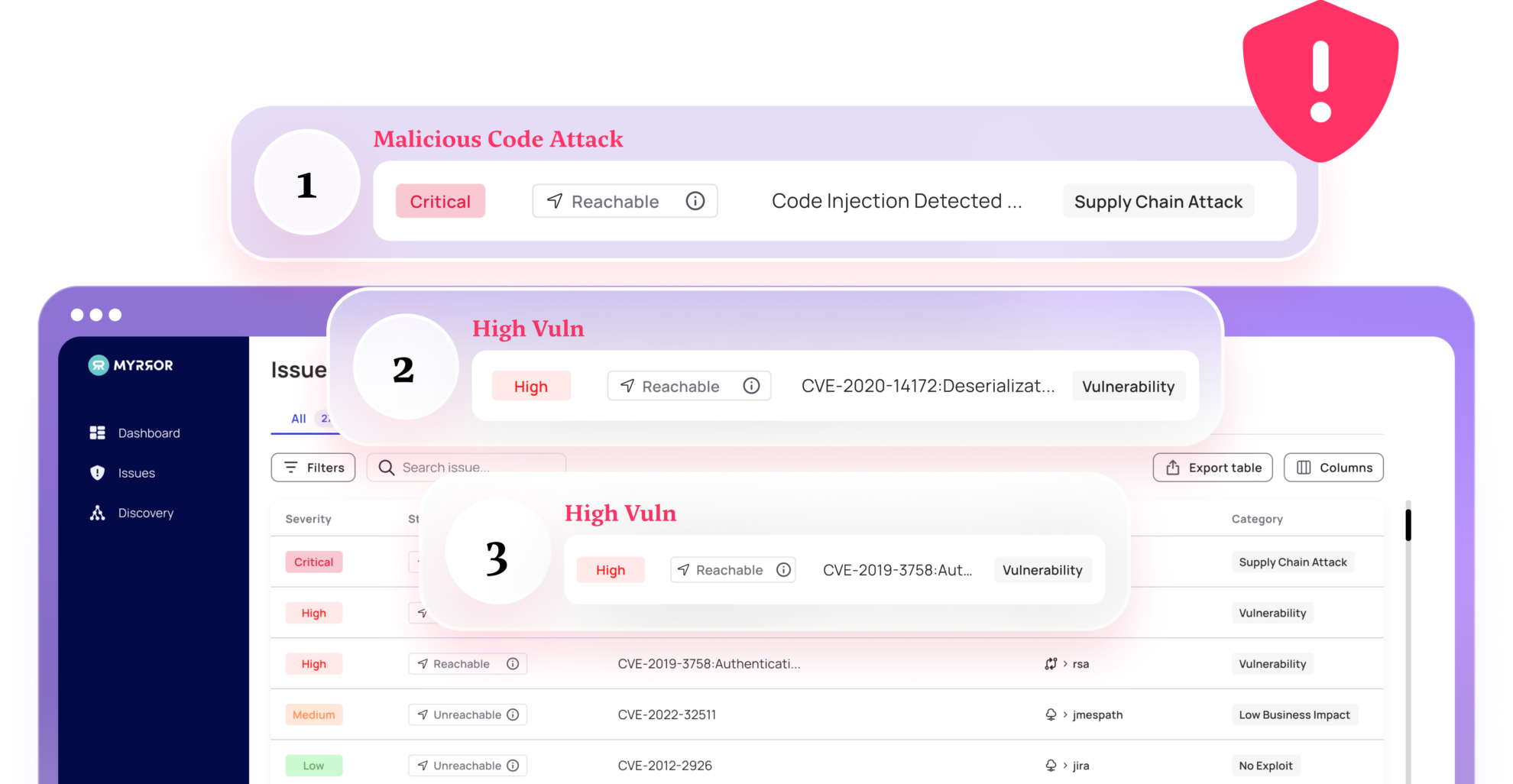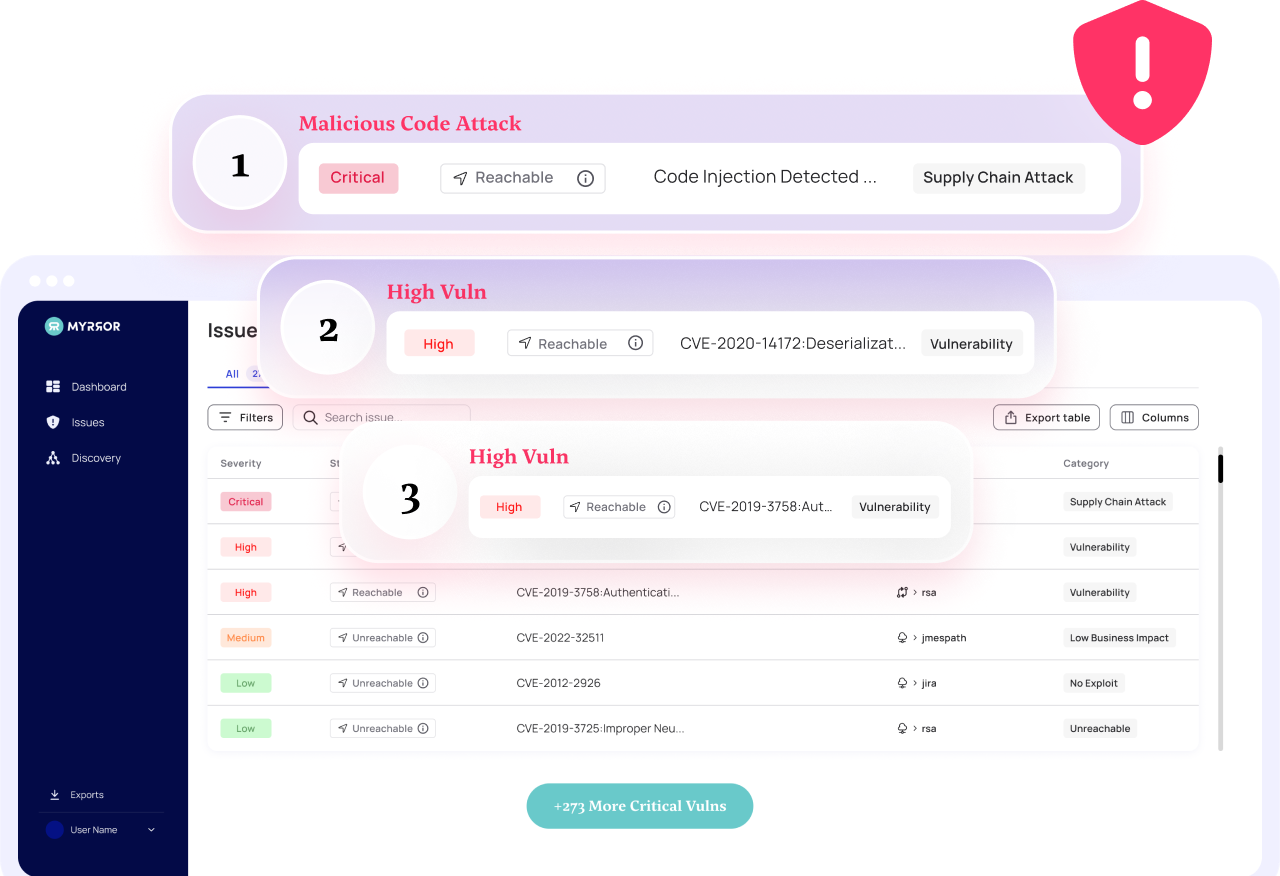Most organizations claim to be data-driven. They collect, store, and secure volumes of information—often at great expense. But here’s the uncomfortable truth: a large chunk of that data is doing absolutely nothing.
Dark data—the data you collect but never use, is quietly eating up budgets, bloating your infrastructure, and creating hidden risk. According to IDC, the global datasphere is expected to surpass 175 zettabytes this year and the vast majority of that will be unstructured and untouched.
You’re likely paying to store data you’ve never even looked at. It’s inefficient. It’s costly. And it’s avoidable. The question is: How do you bring dark data into the light—and actually put it to work?
What is dark data?
Dark data refers to information an organization collects, processes, and stores in its regular course of business but fails to use for other purposes, such as analytics, optimization, or strategic planning. It’s often hidden and hard to find, but it’s becoming more common as organizations increasingly rely on data-driven decision-making.
In 2025, people are generating around 2.5 quintillion bytes of data every day and up to 463 exabytes per day by some estimates.
The volume is mind-boggling and represents the tidal wave of unstructured, unanalyzed data that organizations must contend with. The challenge is not just collecting data anymore—it’s about finding ways to surface, classify, and extract value from what’s currently hidden.
Generating data is easy. Keeping it from slipping into darkness—that’s the real challenge.
Dark Data challenges
Dark data has value, but it’s often hidden and hard to find. And it’s becoming more common as organizations increasingly rely on data-driven decision-making. There are several reasons why dark data goes unused.
Sometimes, it’s simply a matter of not knowing it exists. In other cases, it’s a matter of not having the tools or expertise to analyze it. And in some cases, it’s a matter of not knowing how to use it.
Challenges and issues that businesses face when it comes to dark data include:
- Cost of storage
- lack of awareness
- Business Analytics Disadvantages
- potentially sensitive data sitting in unsecured data storage, resulting in fraud, damage to the company’s reputation, and loss of customers’ trust
10 Types of Dark Data
Dark data often gets collected simply because it is available. Here are some examples of dark data:
1. Log Files
System-generated records of activity, errors, or user behavior—often stored automatically and rarely reviewed.
2. Former employee data
Old HR records, emails, or access credentials left behind after offboarding create unnecessary risk and clutter.
3. Financial statements
Archived or outdated financial documents stored for compliance but not actively analyzed or referenced.
4. Obsolete promotional content
Expired marketing assets like brochures, campaign drafts, or outdated demo materials often remain in storage long after they’ve lost relevance.
5. Customer call logs that are obsolete
Old call recordings or transcripts that are no longer relevant but remain in storage due to lack of review or policy.
6. GPS and geolocation data
Device-tracked location data from apps, vehicles, or sensors that isn’t being used for analysis or insights.
7. Spam or subscription emails, attachments
Mass marketing emails and file attachments that pile up in inboxes or archives without serving any purpose.
8. Old social media data
Historical posts, analytics, and interactions stored from past campaigns that aren’t being revisited or reused.
9. Duplicate data
Multiple records for the same individual across systems—creating confusion and inflating storage needs.
10. Web browsing histories
Logs of website visits and clickstreams are collected for tracking purposes but left unanalyzed or forgotten.
Dark data FAQs
How is dark data generated?
Organizations produce dark data in a variety of ways.
One common way is to use log files. Many software applications automatically generate log files that record information about the application’s activity. For example, a web server may generate a log file that records all requests. These log files can be very large and contain a wealth of information not being used by the organization, resulting in undetected bugs, vulnerabilities, and potential security issues.
Another way that organizations produce dark data is through the use of sensors and IoT. Many modern devices, such as cell phones and automobiles, are equipped with sensors that collect data about the device’s environment and activity. This data is often stored locally on the device, and the organization does not typically use it. As a result, it can be considered dark data.
How is dark data discovered?
One way is through data mining, which is the process of looking through data to find patterns and relationships. This can be done manually or through automated means.
Another way dark data can be discovered is through business intelligence, which is the process of using data to make decisions about the business. This can involve looking at data to see what is working and what is not, and making decisions based on that information. Alternatively, Data Security Posture Management (DSPM) tools assess and monitor how data is stored, accessed, and protected across environments.
How is dark data volume managed?
Managing the volume of dark data isn’t just about freeing up digital space; it can also put a real strain on physical infrastructure like data centers. Excess storage drives up energy use, operating costs, and even environmental impact.
Effective data center management plays a key role in identifying and reducing storage sprawl, optimizing infrastructure, and minimizing resource waste.
Some practical steps to reduce dark data include:
- Compressing data to reduce file size
- Removing duplicates
- Archiving infrequently accessed information
- Cleaning up outdated or inaccurate entries
To achieve this, you must be able to map your data flows.
How can dark data be used?
Organizations can use dark data in many ways:
- To improve decision-making. Dark data can be used to help organizations make better decisions by helping businesses identify new opportunities and make better-informed decisions.
- To better understand customers, dark data can help organizations better understand their customers and identify new customer segments and behaviors.
- To find new business opportunities. Dark data can be used to help organizations find new business opportunities. By understanding the data that’s been collected but not used, organizations can identify new markets and new business models.
- To improve operations. Dark data can be used to help organizations improve their operations. Organizations can identify process improvements and optimize their operations by understanding the data collected but not used.
- To manage risk effectively. Dark data can be used to help organizations identify, manage, and mitigate risks with the appropriate steps.
Dark data discovery and classification tools
Dark data discovery often involves uncovering shadow data within your data lakes and networks. Shadow data is when the data is not part of the business’ centralized data management systems. When this occurs, data sprawl can occur, and dark data develops as the information gets lost and embedded out of sight and awareness.
Data security posture management (DSPM) tools can help organizations automatically track, trace, and uncover data flows to provide visibility across cloud-native data assets. In addition, DSPM can also help identify vulnerabilities and sensitive data so they can be placed in a secure location.
Tackling Dark Data
Dark data remains hidden when it is dormant, unmanaged, and uncategorized. Manually uncovering it can be a complex and time-consuming process, especially without the right visibility across your data flows and storage systems.
Whether your goal is cost optimization, regulatory compliance, or improved data-driven operations, understanding and managing dark data is an essential step toward a more secure and efficient organization.


